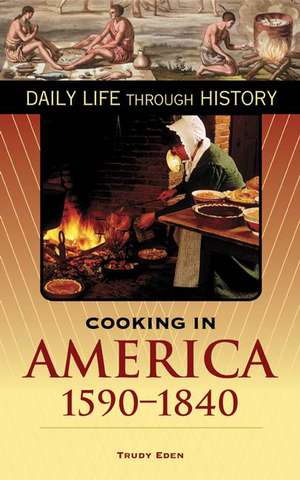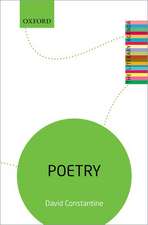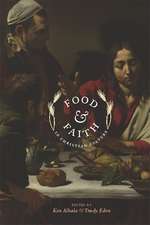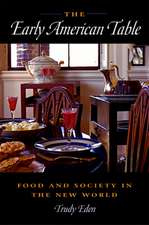Cooking in America, 1590-1840: The Greenwood Press Daily Life Through History Series: Cooking Up History
Autor Trudy Edenen Limba Engleză Hardback – 29 aug 2006 – vârsta până la 17 ani
Preț: 205.33 lei
Preț vechi: 350.37 lei
-41% Nou
Puncte Express: 308
Preț estimativ în valută:
39.29€ • 41.02$ • 32.44£
39.29€ • 41.02$ • 32.44£
Carte tipărită la comandă
Livrare economică 15-29 aprilie
Preluare comenzi: 021 569.72.76
Specificații
ISBN-13: 9780313335679
ISBN-10: 0313335672
Pagini: 184
Dimensiuni: 178 x 254 x 17 mm
Greutate: 0.57 kg
Editura: Bloomsbury Publishing
Colecția Greenwood
Seria The Greenwood Press Daily Life Through History Series: Cooking Up History
Locul publicării:New York, United States
ISBN-10: 0313335672
Pagini: 184
Dimensiuni: 178 x 254 x 17 mm
Greutate: 0.57 kg
Editura: Bloomsbury Publishing
Colecția Greenwood
Seria The Greenwood Press Daily Life Through History Series: Cooking Up History
Locul publicării:New York, United States
Notă biografică
TRUDY EDEN is Assistant Professor of History at the University of Northern Iowa, Cedar Falls.
Recenzii
For novice cooks, Eden provides 240 recipes taken from early American primary sources, presented in their original wording. Recipes are arranged by period and then by their main ingredient and are accompanied by explanations of terminology and context, historical information, and descriptions of ingredients, eating habits, and preparation. Illustrations and facsimiles, as well as sample menus, are included.



















